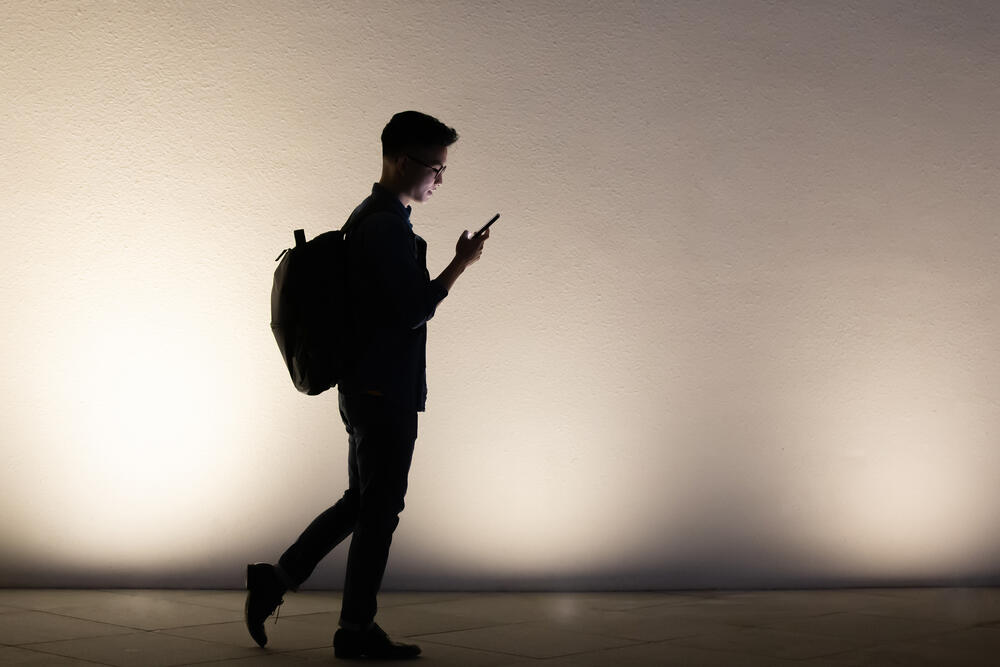The emotional and mental toll of war is a well-documented issue, as Israeli teenagers will likely attest. Since the October 7 terrorist attack, rates of addiction have surged dramatically among Israeli teens, with clear distinctions based on gender. While boys have developed addictions to alcohol and sex, girls have similarly been hooked on social media and emotional eating.
A new study conducted among 7,000 Jewish and Arab teens aged 12 to 18 paints a troubling picture of post-war adolescence. Led by Prof. Yaniv Efrati of Bar-Ilan University’s School of Education and funded by the National Insurance Institute’s research foundation, the findings point to a generation quietly spiraling under pressure.
Social media dominates teenage life, with 91% of teens using it weekly and more than 80% now classified as high-risk for addiction. “This is no longer just about screen time,” Efrati warned. “It’s become a way of life.”
The study also flagged high-risk levels in several other behaviors: gaming (36%), emotional overeating (44%) and compulsive online shopping (41%). Substance use is also on the rise: 7.6% of teens now consume alcohol at least once a week, and 2.1% report using cannabis just as often. Most striking is the spike in sexual behavior, with 20% of teens at risk for sex addiction in 2025, up from 14% in 2022, in the wake of COVID.
Patterns vary sharply by gender. Boys are more likely to develop addictions tied to substances, gambling and sex. Girls, by contrast, report higher rates of social media dependence, binge eating and shopping. Weekly alcohol use, for instance, was nearly double among boys (17%) compared to girls (9.4%). Meanwhile, behaviors like compulsive shopping and overeating skewed heavily female: 37% of girls shop weekly compared to 32% of boys.
When looking at those classified as “high-risk,” the divide widens. Boys were far more likely to exhibit problematic gaming (54% versus 24%) and sexual behavior (33% versus 11%), while girls led in high-risk shopping (47%) and overeating (51%) compared to boys (31% and 34%, respectively).
“Teens are doing their best to cope,” said Efrati, who heads Bar-Ilan’s Addictive Behaviors Lab. “But many are turning to escape behaviors to deal with emotional overload. In wartime, social interaction drops—fewer outings, fewer gatherings. Screens fill the void. The fridge is nearby. Shopping is a click away. These coping mechanisms become addictions.”
Get the Ynetnews app on your smartphone: Google Play: https://bit.ly/4eJ37pE | Apple App Store: https://bit.ly/3ZL7iNv
According to Efrati, sex addiction among teens often takes the form of compulsive pornography use in boys, while girls are more likely to engage in obsessive online relationships. “Sexuality is a major part of adolescence. Without proper guidance, it can quickly become unmanageable,” he said.
“Boys are gravitating toward alcohol and sex,” he continued. “Girls are seeking comfort through emotional eating and constant social validation online.”
Zvika Cohen, acting director general of the National Insurance Institute, echoed those observations. “These gender patterns can be traced back to the way boys and girls are socialized,” he said. “Girls tend to use emotion-based coping strategies, whether through food, appearance or digital connection. What we’re seeing is a reflection of that.”
Cohen emphasized the need for vigilance: “It’s on all of us—parents, educators, society—to watch for the warning signs and help teens navigate an impossibly difficult time.”





